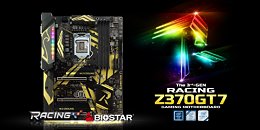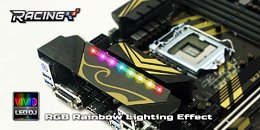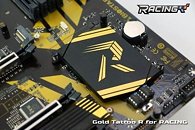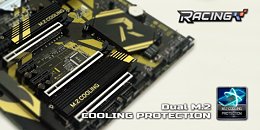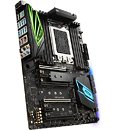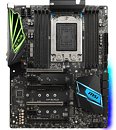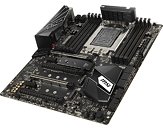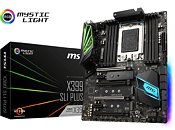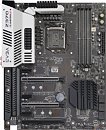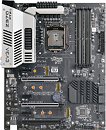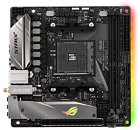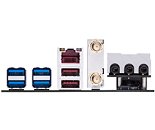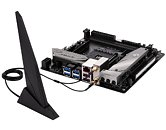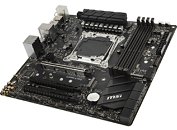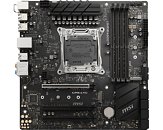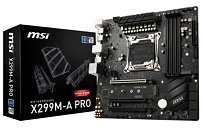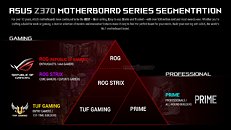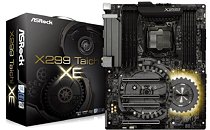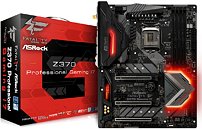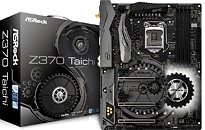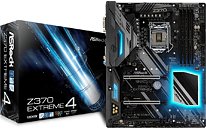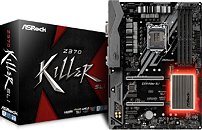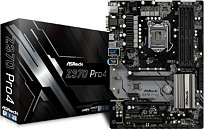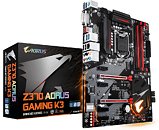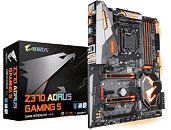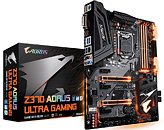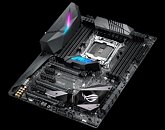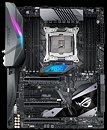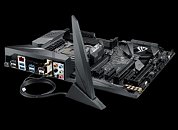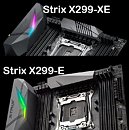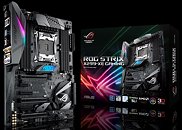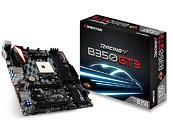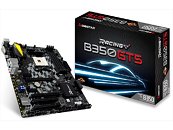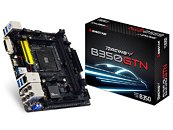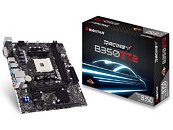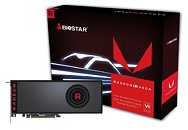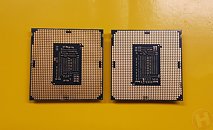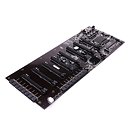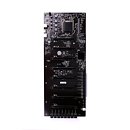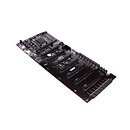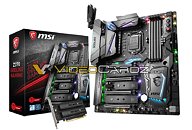
BIOSTAR Launches Flagship RACING Z370GT7 Motherboard
BIOSTAR introduces its flagship Intel Z370 motherboard under the third generation RACING series, the BIOSTAR RACING Z370GT7. This motherboard supports the latest 8th generation Intel Core processors also known as Coffee Lake. The RACING Z370GT7 sports premium features that gamers, overclockers, professional content creators, and modders demand. It has a luxurious golden black color theme and advanced RBG lighting customizations with Advanced VIVID LED DJ. New and improved features: the smart A.I FAN and reinforced PCI-E slots to handle heavier graphics cards make the new-gen RACING Series much more robust. Push performance and harness the power of the new Intel Core i7-8700K 6-core, 12-thread processor along with dual Intel Optane-ready M.2 slots for the fastest PCIe NVMe drives available today.
BIOSTAR's 3rd Gen RACING Design
BIOSTAR revamps the RACING series motherboards with a much more flashy and high-end design with a golden black color theme.
BIOSTAR's 3rd Gen RACING Design
BIOSTAR revamps the RACING series motherboards with a much more flashy and high-end design with a golden black color theme.
- Gold I/O Armor - Gold I/O Armor strongly protects I/O interfaces and components from static electricity. The RGB LED lights on top of the armor
- are controllable with the Advanced VIVID LED DJ for more lighting control.
- Gold Tattoo RACING R - The classic "R" sign on the heatsink shows the spirit of RACING Series.
- RGB Rainbow Lighting Effect - 10 flashing modes for RGB lighting effect bring you more customization fun via Advanced VIVIVD LED DJ utility.
- Gold PCB Treatment - The 3rd Gen RACING Z370 motherboards ascend to a higher level of luxury and fashion for your gaming world!
